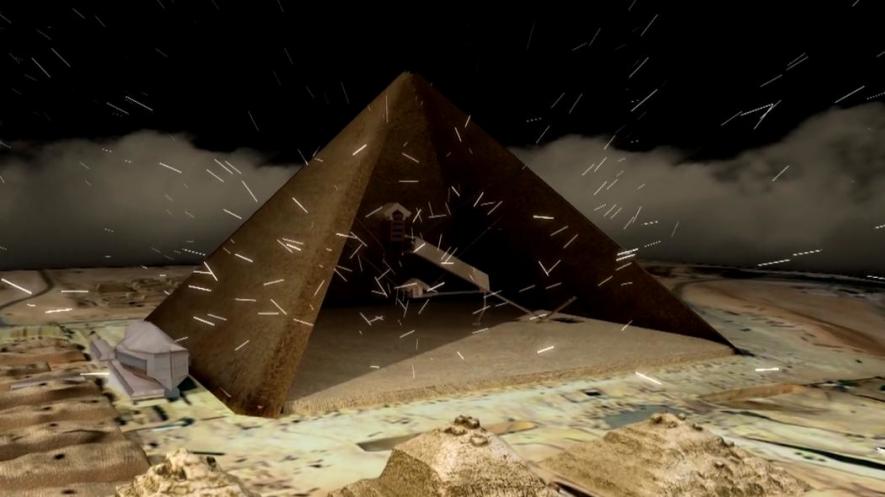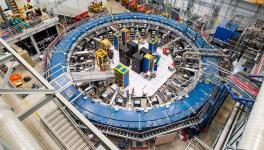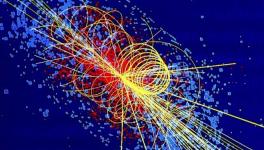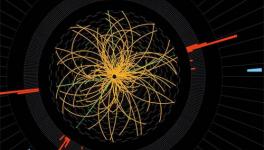Particle Physics Helps Discover New Chamber in The Great Pyramid of Giza

Credit: HIP Institute
The Great Pyramid of Giza is an ancient enigma we are still struggling to understand. Particle physics, with the help of cosmic rays have taken us a little closer to the heart of its mysteries. Researchers used imaging techniques to picture cosmic rays, and their findings led to the discovery of an unknown chamber in the monument.
The pyramid was constructed about 4500 years ago as a tomb for Khufu, a pharaoh who ruled Egypt for 63 years in 26th century BC. We still haven’t been able to find what techniques and technologies were used for the construction of this marvel so long ago. Imaging of cosmic rays has given researchers a non-invasive way to investigate the structure of the pyramid, and shed some light on how it might have been built.
Cosmic rays are sub-atomic particles that arrive on earth from outer space. They react with the earth’s atmosphere and decay into different byproducts. One of these byproducts is muons. The rate of muons arriving at the surface of the Earth is such that about one per second passes through a volume the size of a person’s head. Muons are, however, much bigger than other subatomic particles and are able penetrate into rock. The amount of distance a muon travels inside a rock depends on how dense the rock is.
The researchers placed muon detectors around the pyramid and found the number of muons that arrived at the different detectors. By analysing these numbers, they were able to image the inside of the pyramid, and find the previously unknown cavity. “If there is more mass, fewer muons get to that detector,” says Christopher Morris at Los Alamos National Laboratory, who uses similar techniques to image the internal structure of nuclear reactors. “When there is less mass, more muons get to the detector.”
In Japan, these imaging techniques have been used to look inside volcanoes and nuclear reactors.
The team of researchers used three different techniques to detect muons and image the internal structure of the pyramid. After several months of collecting muon data, all three techniques gave the same results about the location of the new cavity. This makes this discovery definitive.
According to particle physicist Guido Saracino of the University of Naples Federico II in Italy, this work confirms that particle physics can have important practical applications, including archaeological surveys. One day, it could help scientists find out how the ancient pyramids were built.
Disclaimer: The views expressed here are the author's personal views, and do not necessarily represent the views of Newsclick.
Get the latest reports & analysis with people's perspective on Protests, movements & deep analytical videos, discussions of the current affairs in your Telegram app. Subscribe to NewsClick's Telegram channel & get Real-Time updates on stories, as they get published on our website.



















